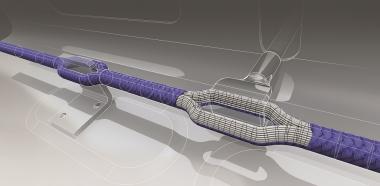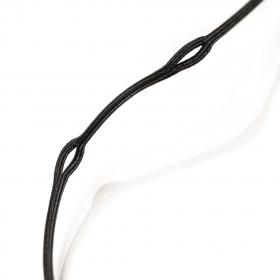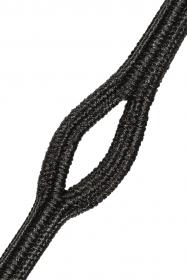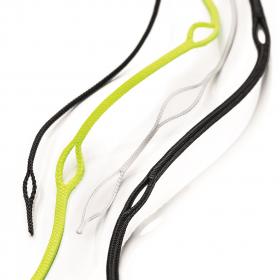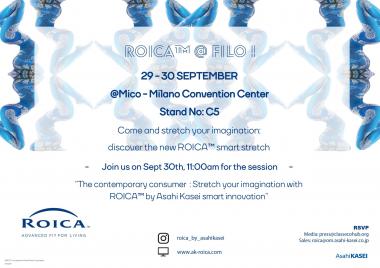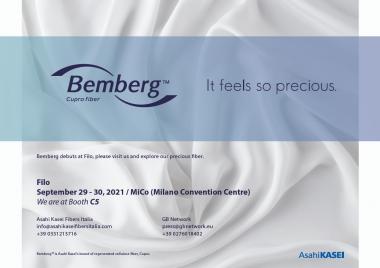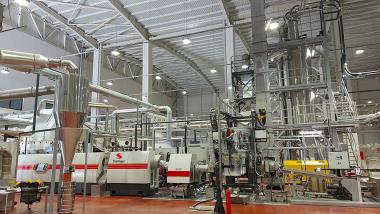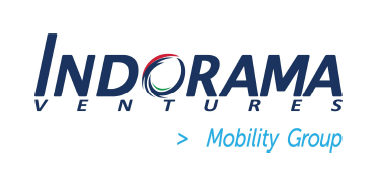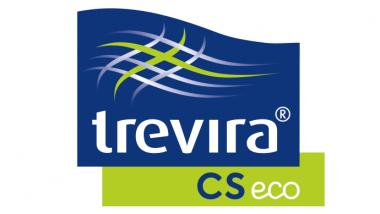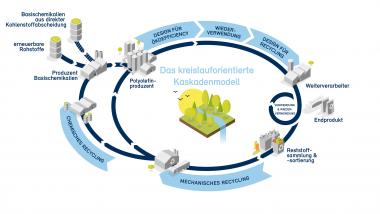JUMBO-Textil: Innovative braiding technology. Innovative products
- JUMBO-Textil offers elastic high-tech braids – produced on high-tech systems
Developing narrow textile solutions for our customers – quickly, flexibly and precisely – that is our claim. For us and for our technology. Because first-class industrial solutions require first-class technology. Highly automated and digitally controlled. Technology like that found in our variation braider from Herzog – the high-performer among modern braiding machines. JUMBO-Textil is the first narrow textile manufacturer ever to produce elastic hole cords on the special system.
High-performance system for extremely stable textile components
The special system combines sophisticated bobbin lace technology with digital control and thus enables the production of highly complex, individually specifiable braided structures. The variation braider's technology ensures an uninterrupted fibre course across all branches. This not only allows individual, idiosyncratic geometries, it also and above all helps with the stability of the components. This is because where other methods create branching points that are susceptible to breakage due to laser cutting, seams or knots, the variation braider simply braids through the branched strands. As the fibre course is not interrupted in braided branches, the resilience of the textiles is significantly increased. And individual braids are created for very different applications.
Bobbin lace technology for highly complex structures
Unlike in classical braiding systems, the impellers of the variation braider are arranged in a square. Up to eight different strands can be braided and interlaced with the textile all-rounder. All bobbins can be programmed separately and thus the bobbin lanes can be combined variably and individually. JUMBO-Textil also produces tubular braids with precisely defined braided openings, triaxial braids and highly complex preforms with the variation braider. The geometries of the narrow textiles range all the way to net structures. For braided cables, we create stable connections in the core-sheath braiding by weaving the core and the protective sheathing, which provides protection especially at the turns: there is no longer any undesired core and sheath slippage.
Individual braid architectures – for automotive, outdoor and more
Complex non-elastic cords from the variation braider have been in operation at JUMBO-Textil for a long time. For hole cords – or bifurcation cords (from the Latin: furca, the fork) – the bobbin points are individually programmed so that the arrangement and length of the branching precisely meet the requirements. It is used, among others, in the automotive sector, in the construction industry and in the outdoor sector to hang or unhang elements without using metal.
Elastic hole cord from the elastics specialist
The elastic hole braids by JUMBO-Textil are new on the market. "The variation braider offers us fantastic possibilities: we can pre-configure what we want to braid and are completely free to do so. The repeat is computer-controlled," explains Holger Vehring, Project Engineer at JUMBO-Textil. "A seamless braided cable harness tubular that organises the cable mess (for automotive), braided hoses with defined openings for conductive elements in smart textiles or rehab applications, as tensioning elements in backpacks or functional clothing – the possible applications are vast. Thanks to this technology, textile – i.e. lighter, quieter and more flexible – components can be used for numerous applications in which metallic materials were previously used due to the fragile branching points."
stotz-design.com GmbH & Co. KG


